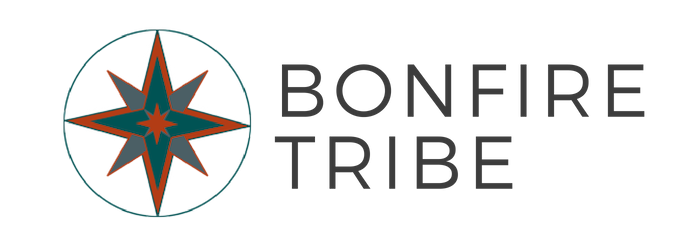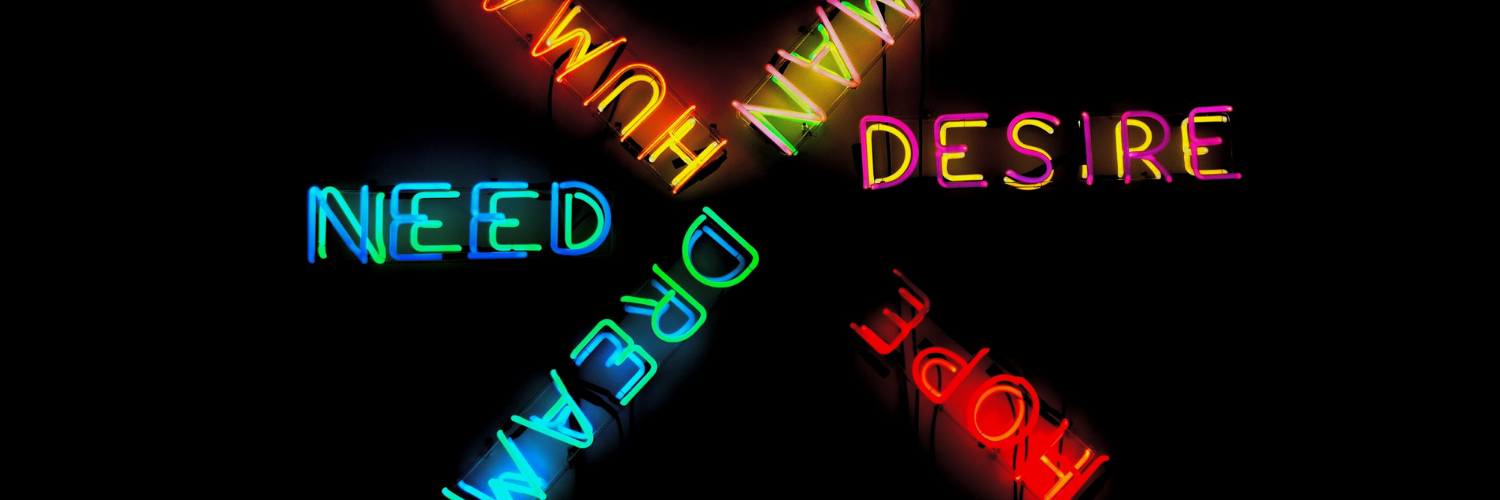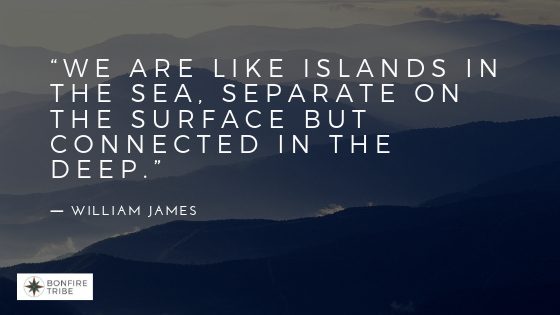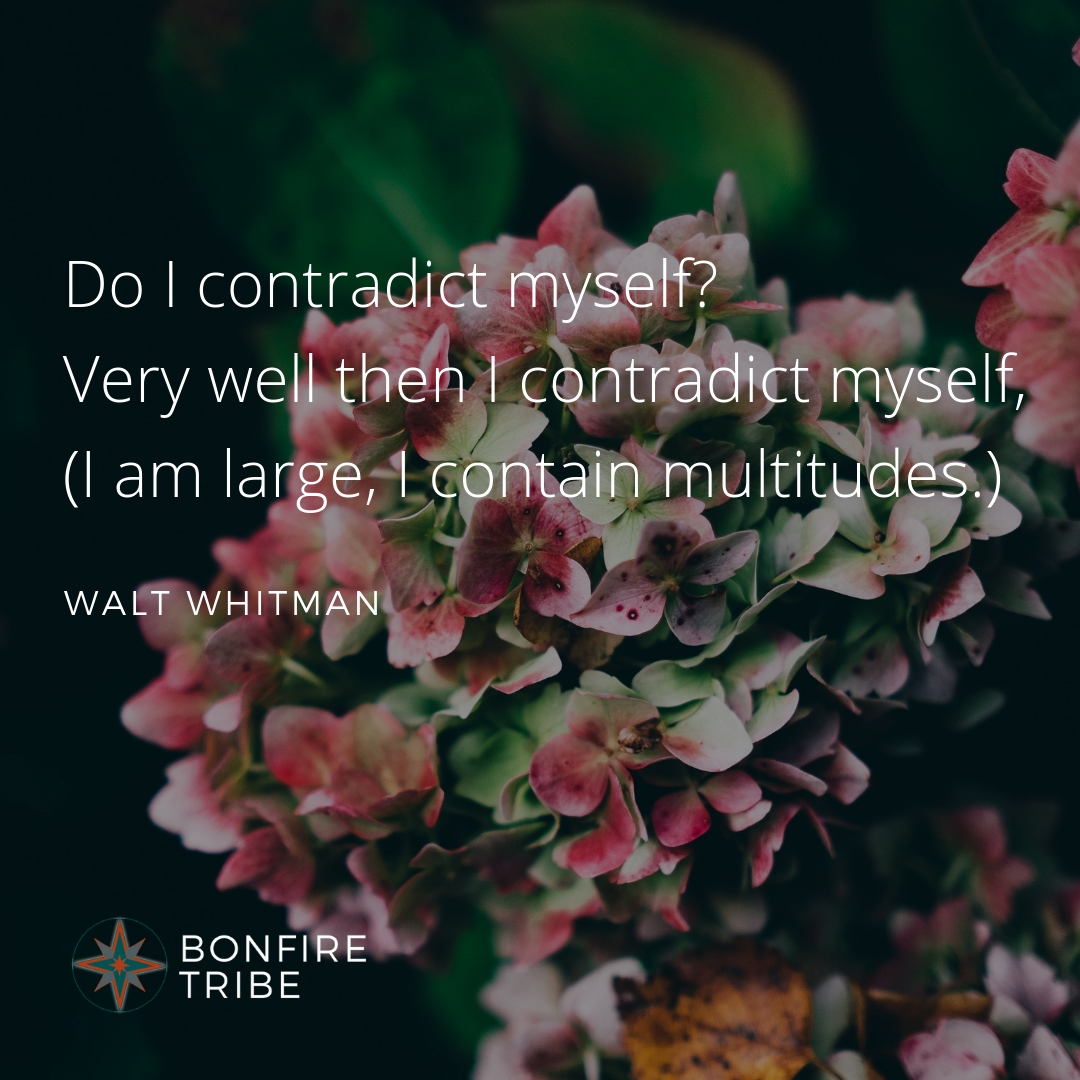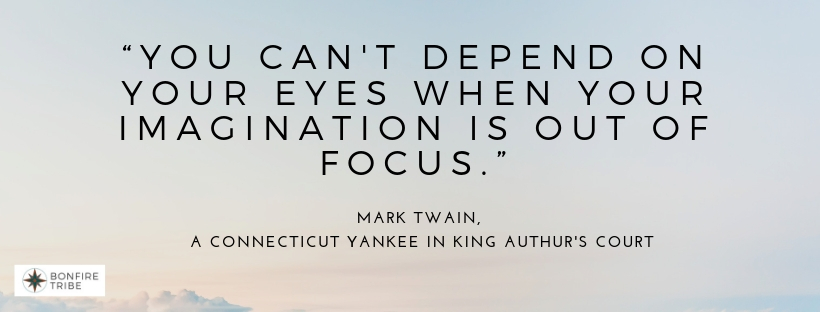
Imagination was part of the discussion this weekend in the Marketing Like a Human program. We talked about how to use our imaginations as a tool to move into our futures with integrity and connection.
John O’Donoghue
Some of John O’Donoghue’s last writings and talks were compiled in Walking in Wonder. He talks about the imagination and its incredible ability to help us navigate the complexities of our lives. Since we live in a world of contradictions, our logical minds may not always be our best option.
John O’Donoghue writes,
“(Imagination) will never take one side of a polarity of a contradiction, but it will try to weave both together and to embrace them. When you look at the fact that a human always inhabits a threshold, then you see the power of imagination. Each person is on the threshold between their inner world and their outer world, between light and darkness, between known and unknown, between question and quest, between fact and possibility. The threshold runs through every experience that we have, and our only real guide to this world is the imagination.”
Ways of Knowing
Too often we prioritize logic and analysis, or even our gut reactions. These ways of knowing are only part of the story. We can also know and learn through our imaginations, particularly as a way of creating connections. And it’s so important to connect our insides with our outsides and our values with our actions. So, it’s time to dust off the ol’ imagination, close our eyes, invite in the questions we need to ask, and allow our imaginations the opportunity to talk.
What questions do you need to ask? What does your imagination have to say?
A little song inspiration – Imagine, by John Lennon
Imagination ActivityWhat’s a problem you’d like to solve? What’s something that seems stuck with no great solution? Find a question you’d like to address and set aside some time for quiet contemplation, with a pen and paper handy. Start by settling into your body. Feel your feet on the floor and the weight of your body in the chair. Feel your breath as it moves and slows. When you’ve slowed your mind and centered yourself in the moment, bring to mind your issue. What would it be like if the issue was resolved? What would it feel like in your body? Emotionally? Would you feel calm? Happy? Loving? Light? Playful? What does it feel like? Then ask, what is present in the situation for it to feel like that? Does anything get in the way? What judgments or “cold water” does you brain throw on this imagining? Once you feel like you’ve explored this idea enough, right down your feelings of what it felt like to resolve the issue, and anything you learned about what could be part of the resolution. Then keep practicing! |
